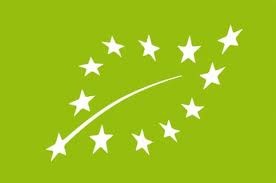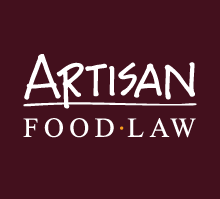The 2012 grape harvest to be the first when wine may be labelled ‘organic’
This year’s harvest of organically grown grapes may be the first to end up in a bottle labelled ‘organic wine’. Up until now the only EU-wide rule was that wine made from organically grown grapes, for which there are rules for organic production, could be labelled “wine from organic grapes”. Wine is the last sector not fully covered by EU rules on organic farming under Regulation (EU) 834/2007. In 2010 there were 75,000 hectares of land under organic grape production out of a total 3.5m hectares under wine production, so just a little over 2% was organic mainly in Italy, France and Spain. On 1 August 2012 Regulation (EU) 203/2012 will take effect. The Regulation sets out detailed rules for the production of organic wine and includes:
- The list of products and substances which can be used in the production of organic wine and specifies those which must be derived from organic raw material where available.
- The oenological practices, processes and treatments that are prohibited.
- The oenological practices, processes and treatments permitted under specified conditions.
- The oenological practices, processes and treatments permitted but subject to further review by 2015 with a view to phasing them out or further restrictions.
In particular, the maximum sulphur dioxide content must not exceed 100 mg/l for red wine and 150 mg/l for white, in both cases with a residual sugar level less than 2 g/l, and for all other wines there must be a reduction of 30 mg/l in the levels prescribed for non-organic wine production in Regulation (EU) 606/2009. The oenological practices prohibited include:
- Partial concentration through cooling.
- Elimination of sulphur dioxide by physical processes.
- Electrodialysis treatment to ensure tartaric stabilisation.
- Partial dealcoholisation.
- Treatment with cation exchangers to ensure tartaric stabilisation.
The practices permitted under specified conditions include heat treatment where the temperature must not exceed 70 oC, centrifuging and filtration with or without an inert filtering agent where the size of the pores must not be smaller than 0.2 micrometer. The use of heat treatments, ion exchange resins and reverse osmosis are all practices subject to review by 2015, as is the use of copper sulphate. In addition Regulation (EU) 271/2010 requires that from 1 July 2012 all organic products in the EU must bear the organic logo of the EU and the code number of their certifier in order to be marketed as organic.

There are transitional measures which allow stocks of wine produced up to 31 July 2012 in accordance with existing legislation to be brought onto the market until stocks are exhausted on condition that they are correctly labelled. Wine produced in accordance with the new rules may be labelled ‘organic wine’ and must display the new ‘Organic logo of the EU’ and wine may continue to be brought on to the market labelled ‘wine made from organic grapes’ but cannot bear the new organic logo.





